A group of scientists who placed instruments on an ice shelf in Antarctica found that ponds of meltwater were causing the ice to flex and fracture.
Though scientists had predicted the phenomenon, this is the first time it was observed in the field.
The finding raises concerns that, as climate change progresses and more melting occurs, vulnerable ice shelves in Antarctica will collapse—contributing to global sea rise.
“Ice shelves are extremely important for the Antarctic Ice Sheet’s overall health as they act to buttress, or hold back, the glacier ice on land,” said Alison Banwell, a scientist in the Cooperative Institute for Research in Environmental Sciences (CIRES) at the University of Colorado Boulder and lead author of the study published May 4 in the Journal of Glaciology. “Scientists have predicted and modeled that surface meltwater loading could cause ice shelves to fracture, but no one had observed the process in the field, until now.”
“It’s looking very likely that this process explains the collapse of the Larsen B Ice Shelf,” added Doug MacAyeal, University of Chicago Prof. Emeritus of Geophysical Sciences and co-author on the paper—referring to a notorious 2002 event in which more than 1,000 square miles of Antarctic ice collapsed into the ocean in a matter of weeks.
Pooling evidence
Around the continent of Antarctica, thick sheets of floating glacier ice extend out over the ocean. Known as ice shelves, they are thought to help keep inland glaciers stable—but more and more seem to be collapsing.
In 2019, a group of researchers led by Banwell traveled to the George IV Ice Shelf, thought to be one of the at-risk ice shelves in Antarctica. They placed time-lapse cameras and GPS sensors to monitor the ice over the course of a year, throughout the seasonal cycle of freezing and thawing.
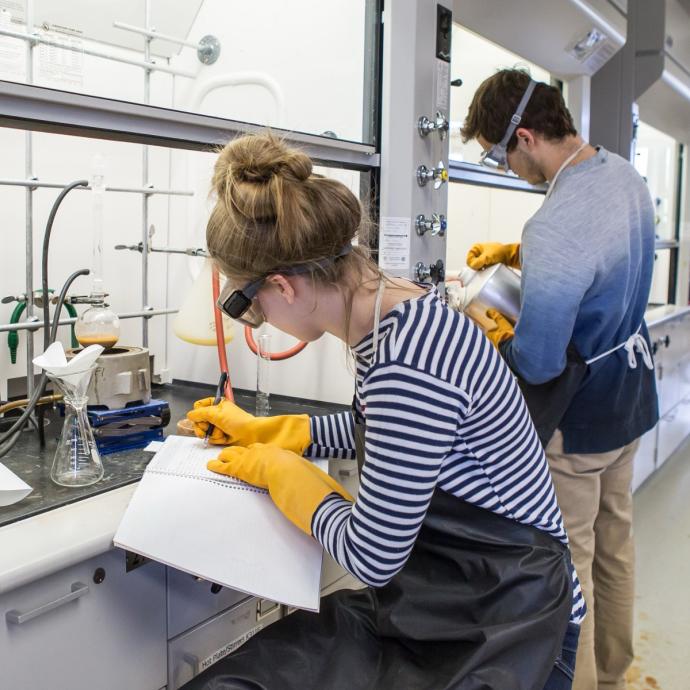

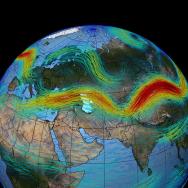
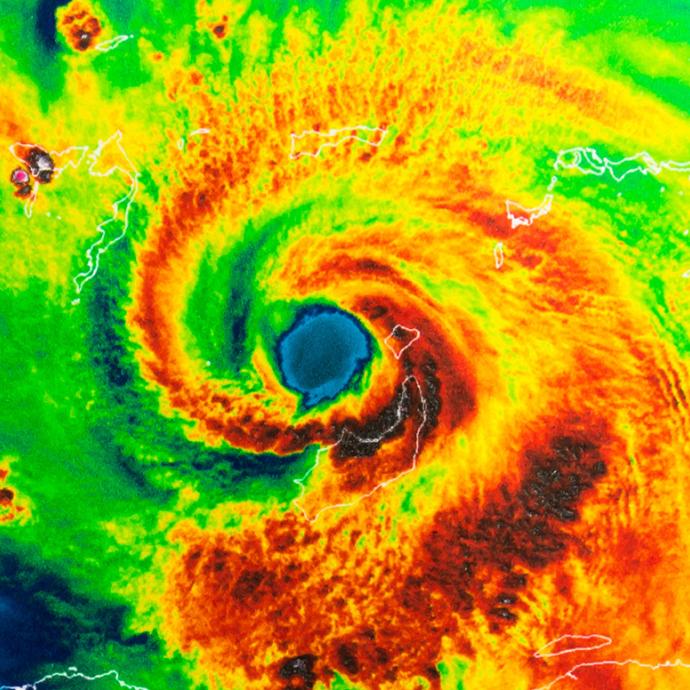
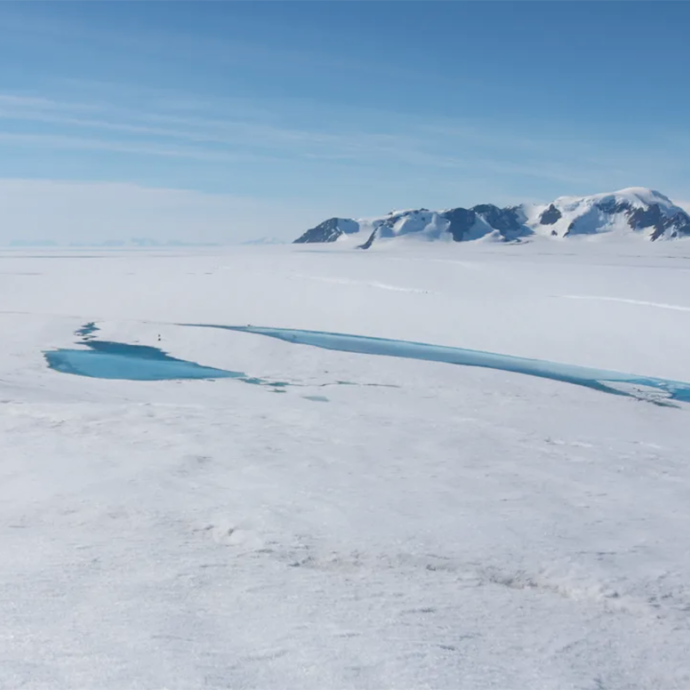


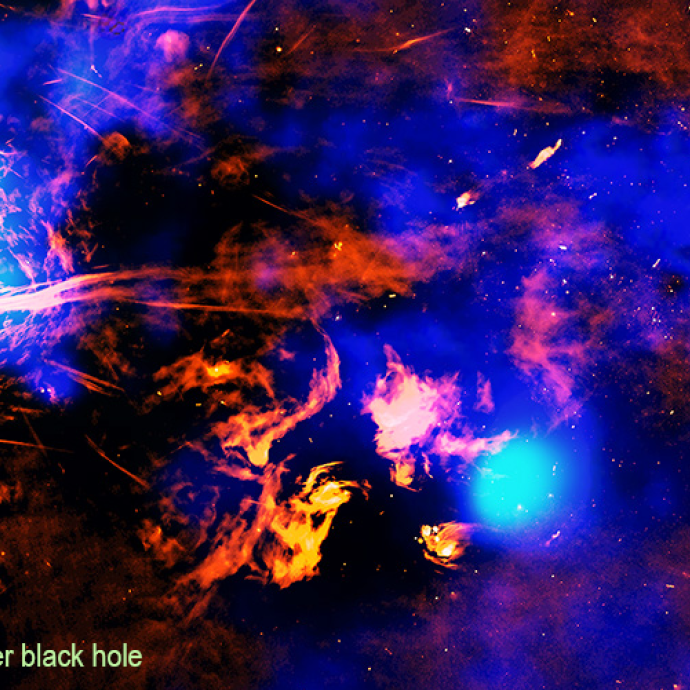


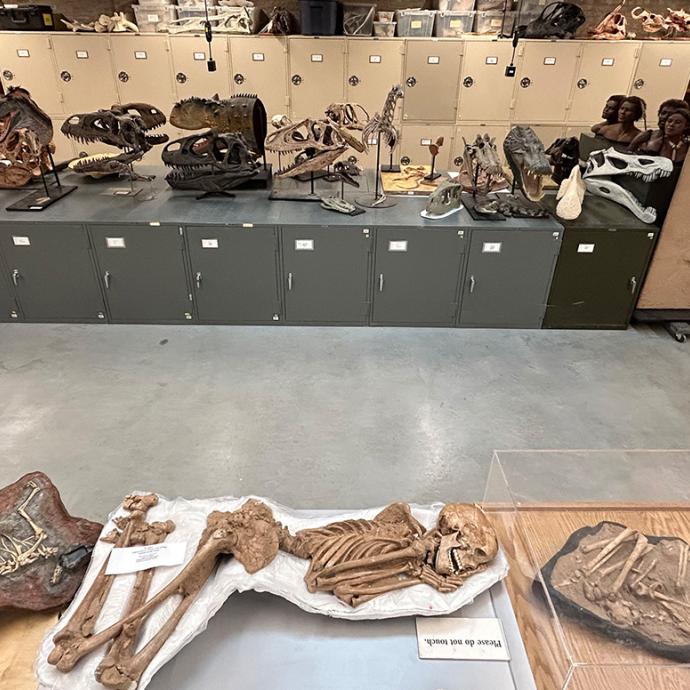

 —Prof. Chuan He
—Prof. Chuan He